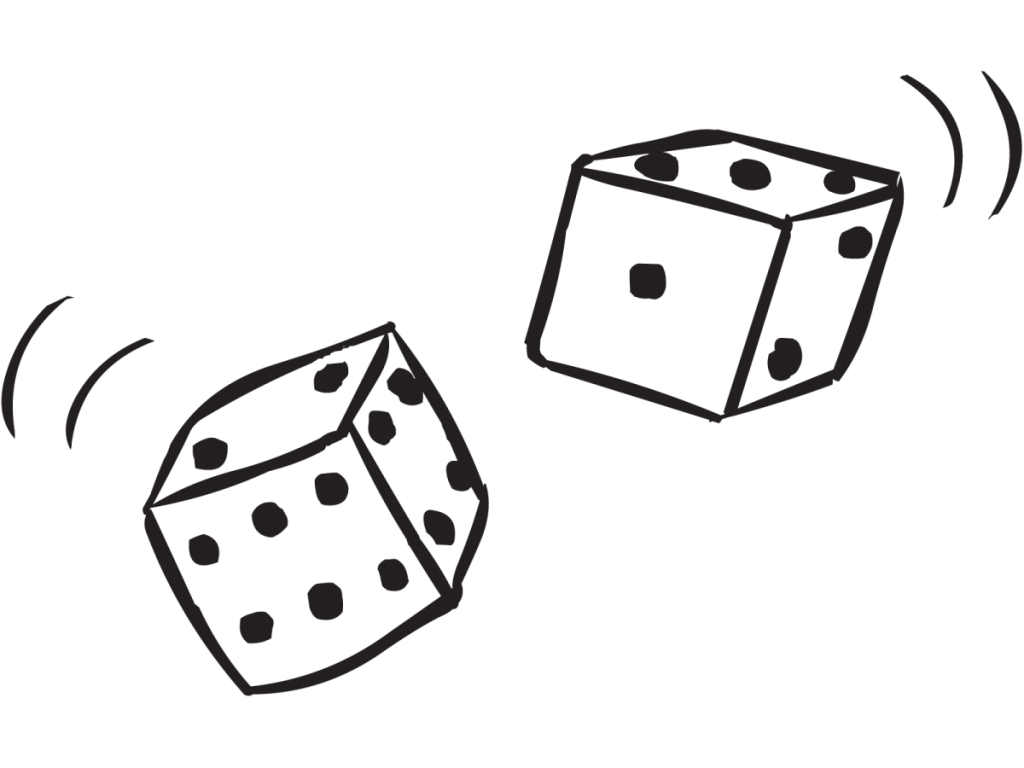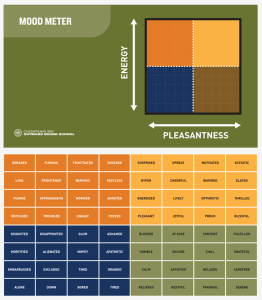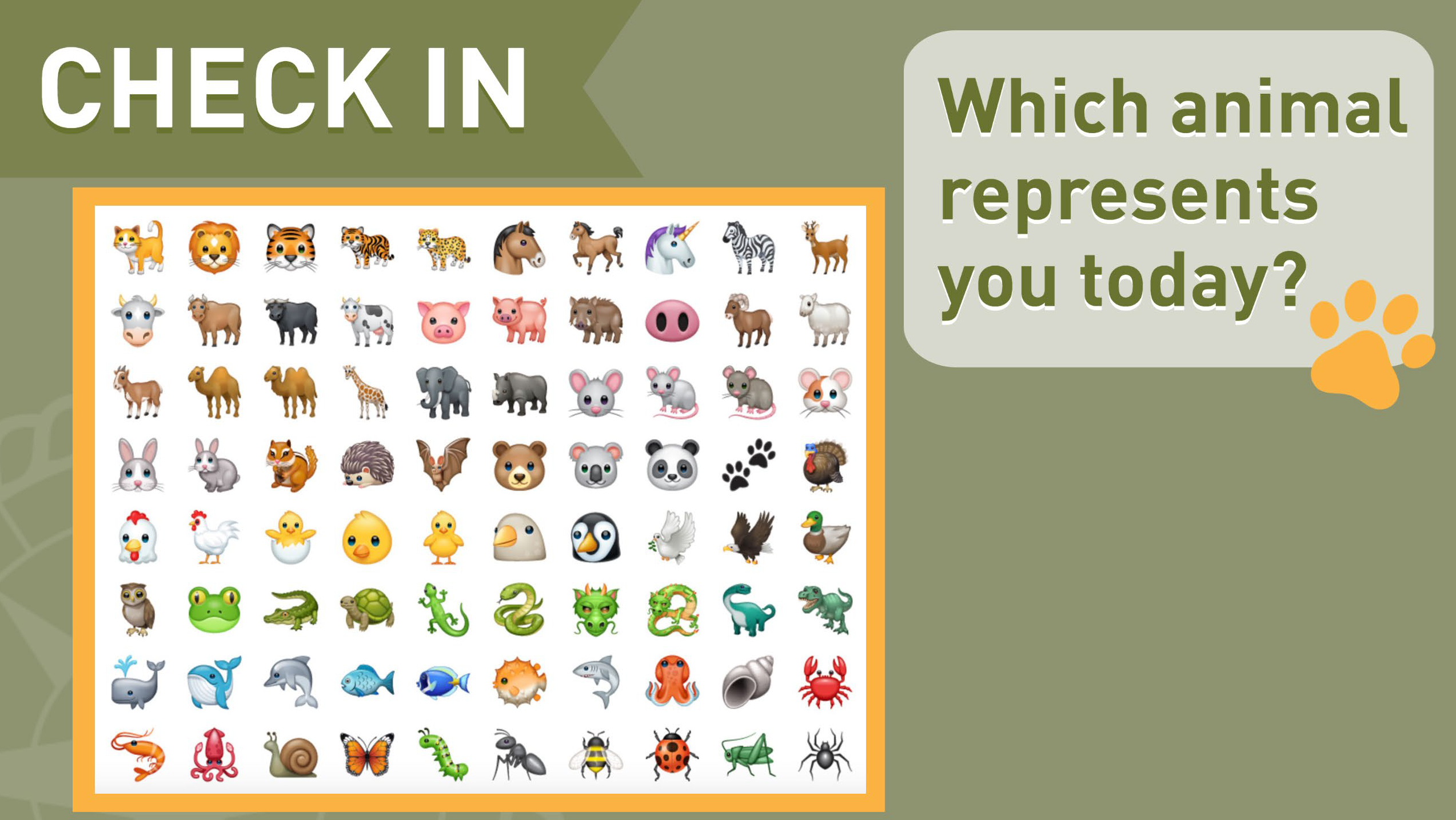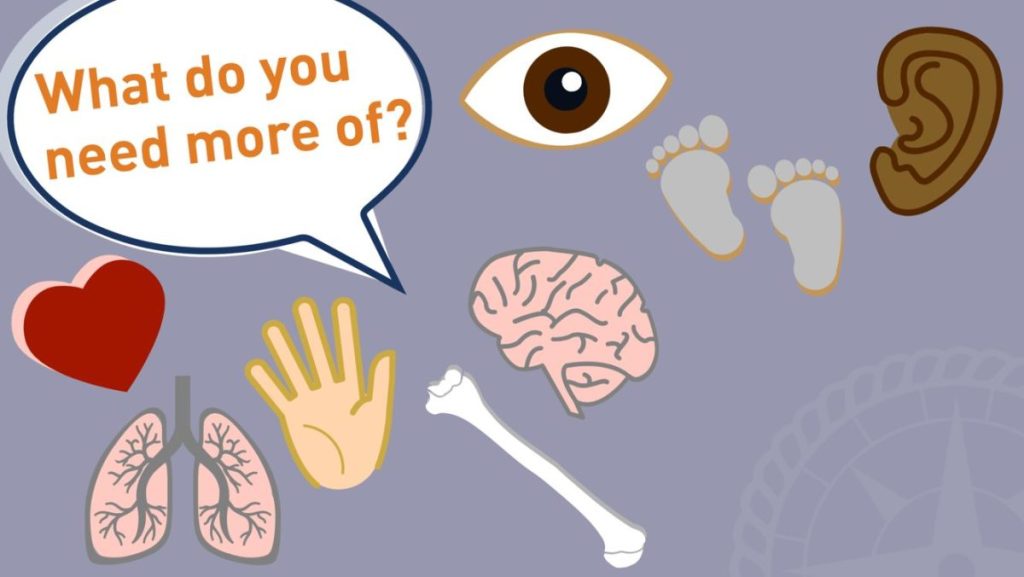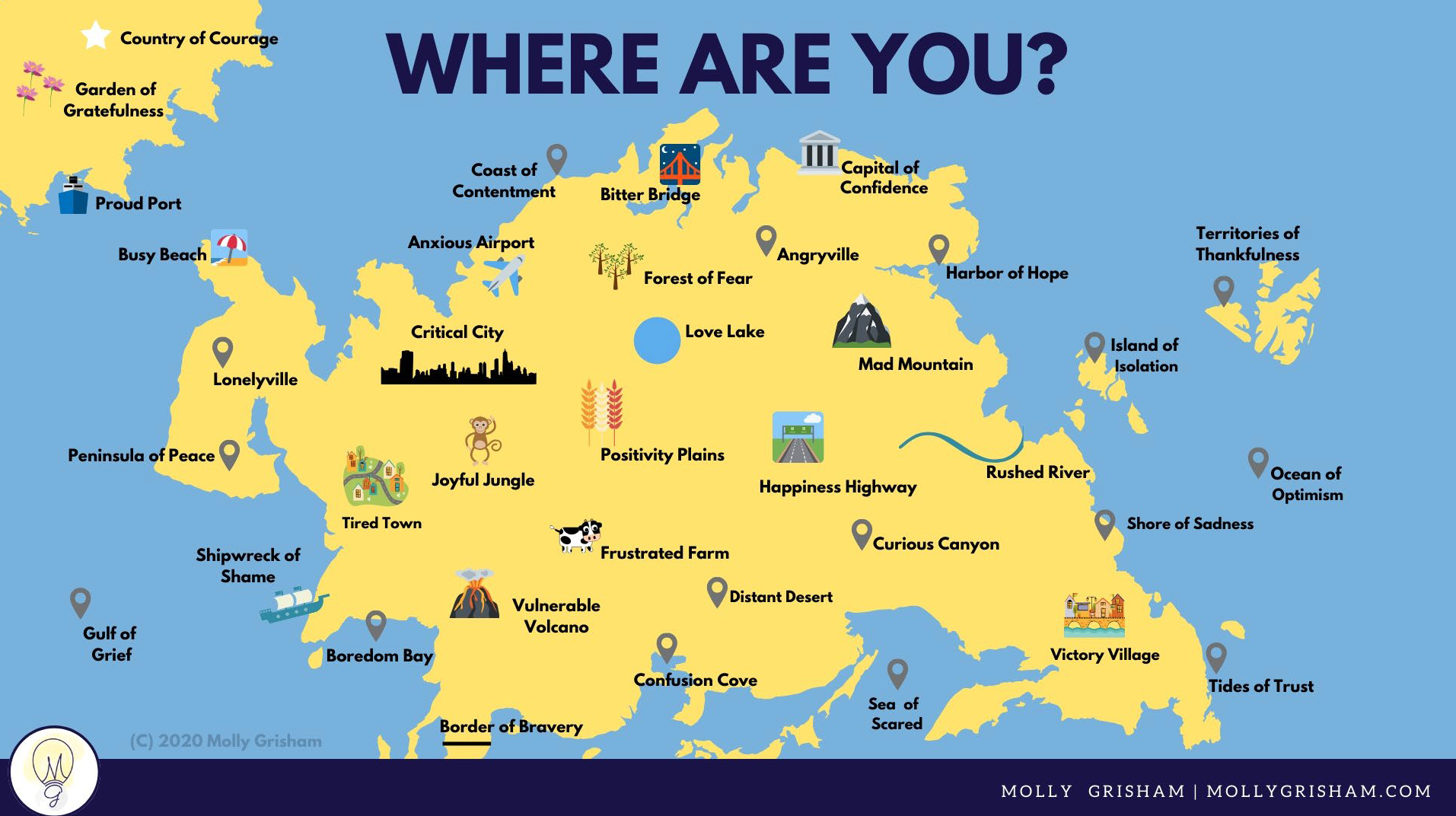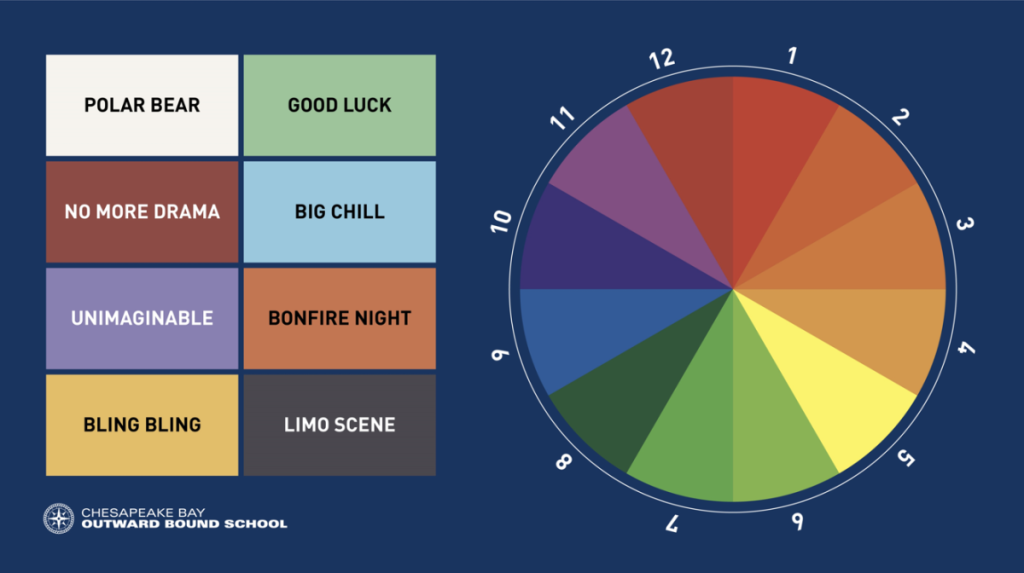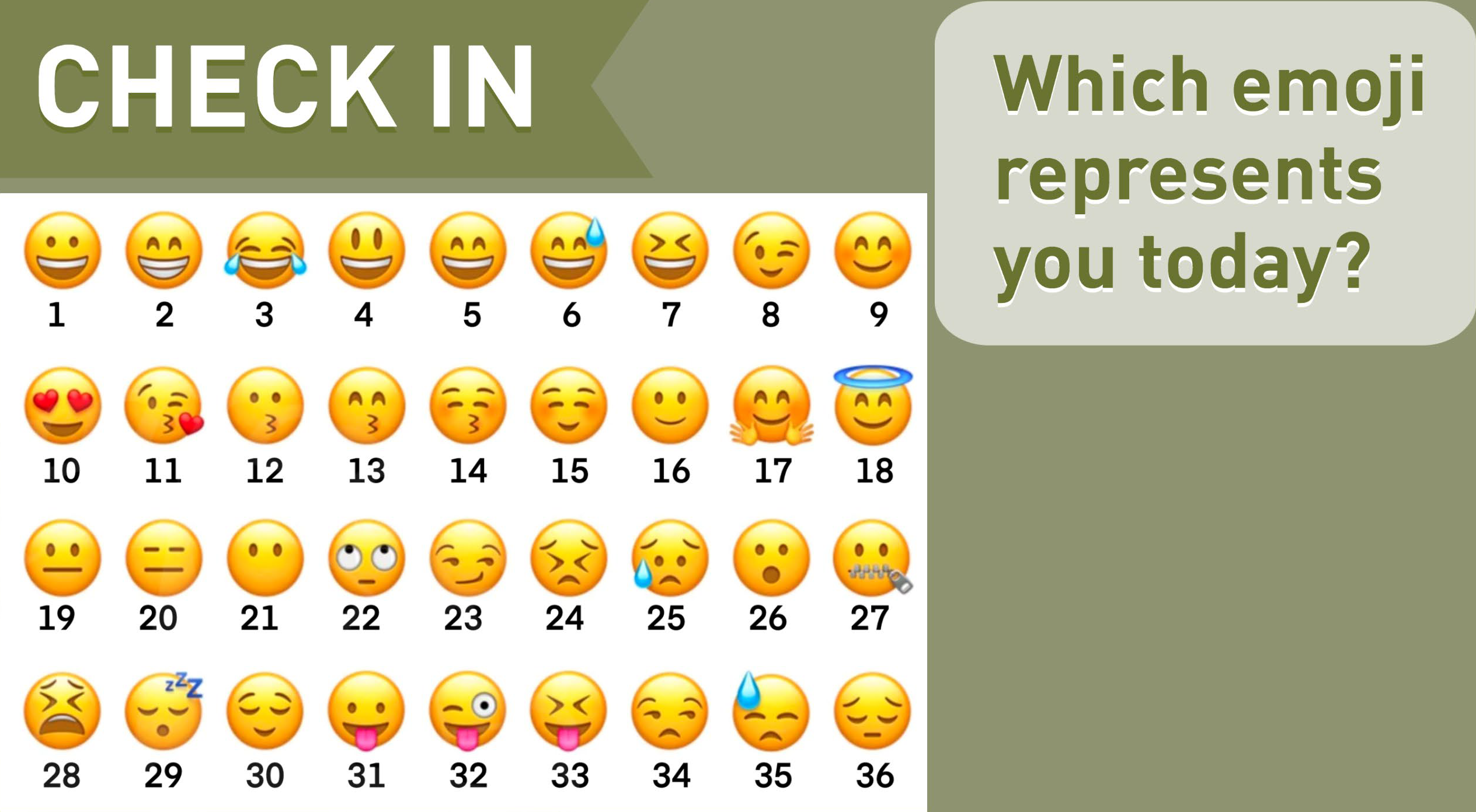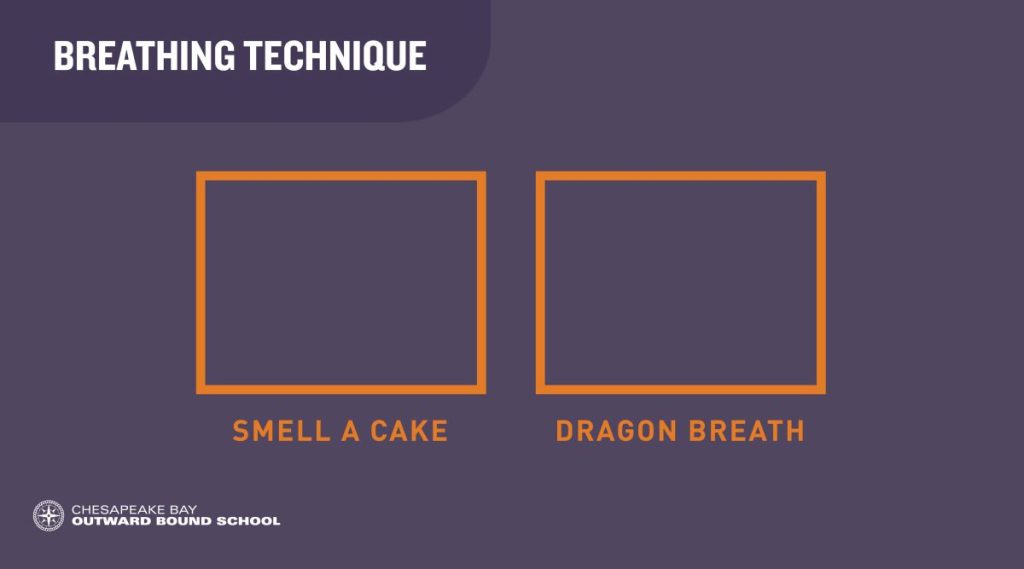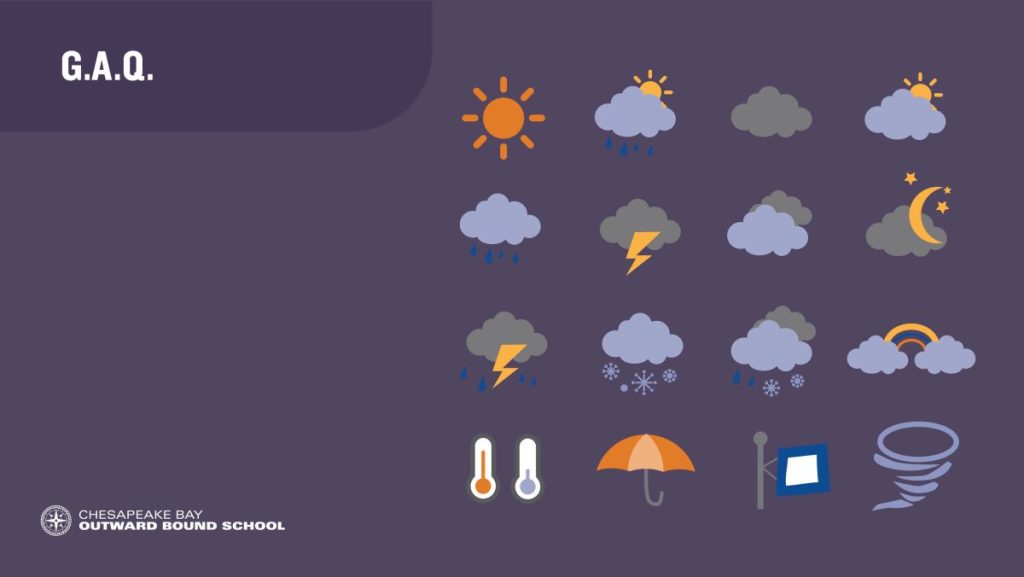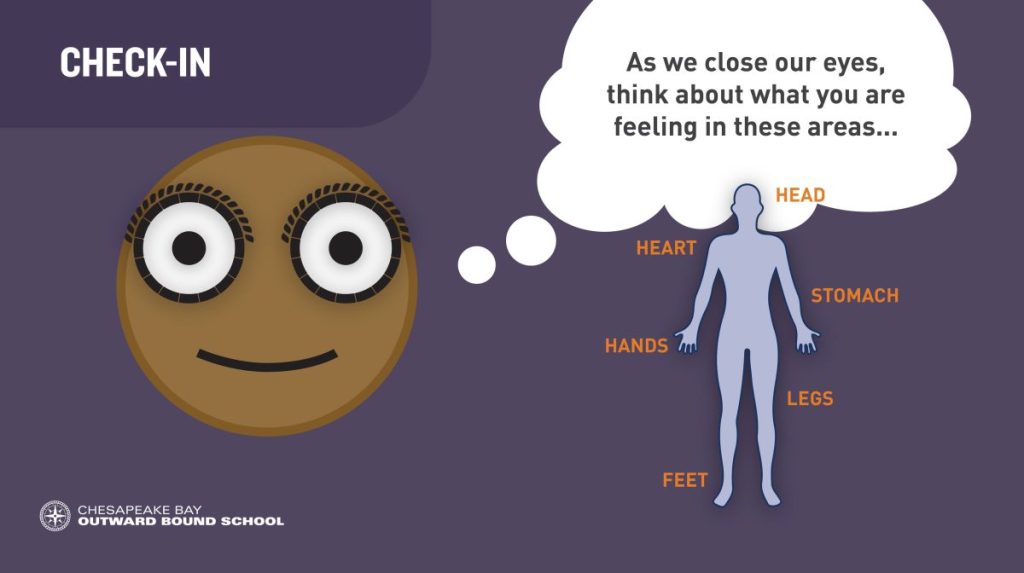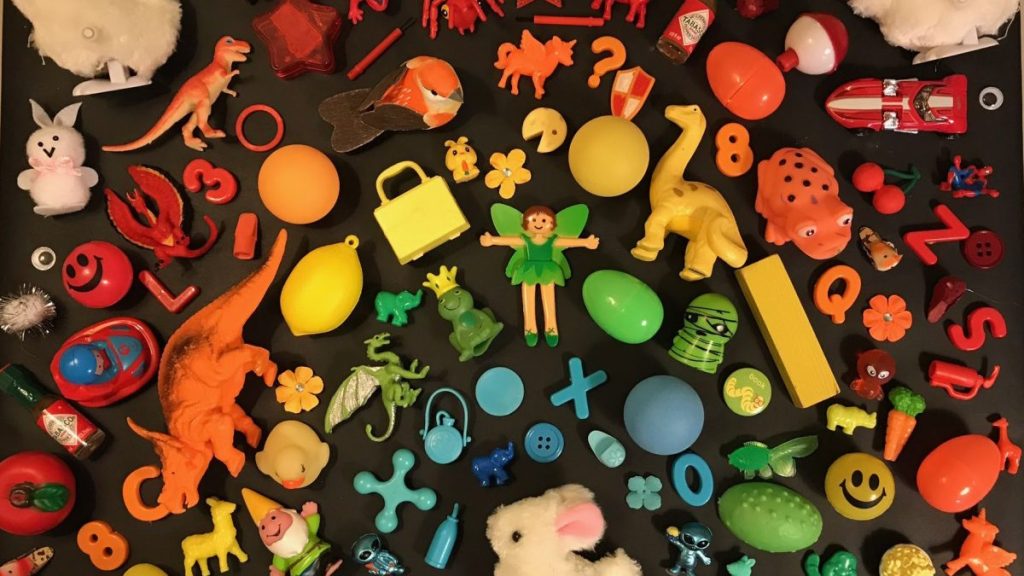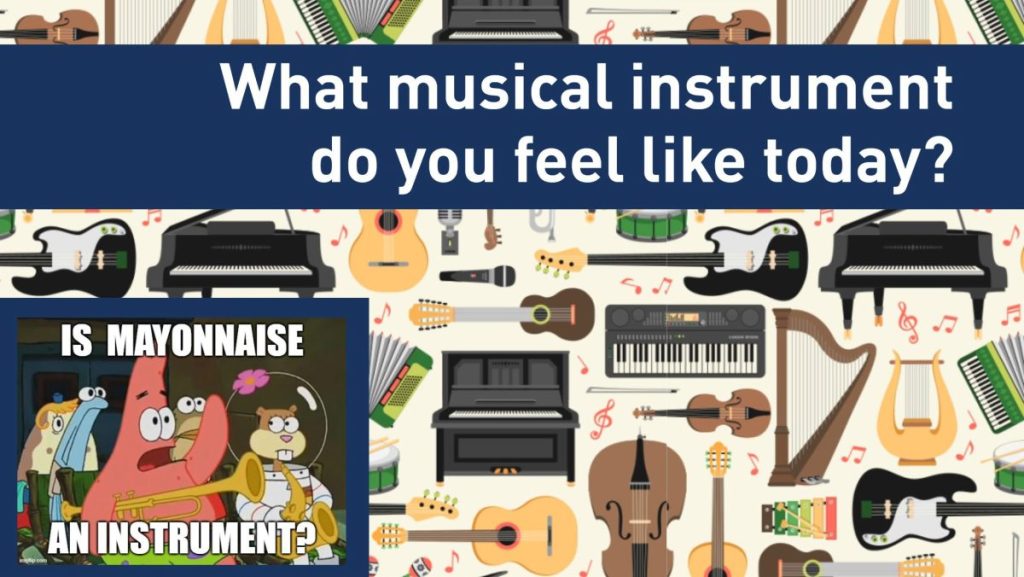Daily feeling meters
The check-ins listed here are designed for start of day, community circles, or other times that group check-ins might be useful. They are intended to be used in any order, and able to be repeated throughout the year.
#1 – DICEBREAKERS
This activity provides an opportunity for students to learn more about one another. Everyone gets a chance to share something fun about themselves that their peers may not already know.
Display the six questions:
- If you could travel to any place, where would you go and why?
- If you could choose a unique superpower, what would it be?
- What is the best food you ever had?
- Who is your favorite movie/book character?
- What is your favorite game to play?
- What is one thing you are really good at?
For each student’s turn, roll the die (click on the screen for virtual die option) and have them answer the corresponding question. Each student will only answer one question.
Continue through the process until each student has shared.
VARIATION
Students can come up with one or more of their own questions to replace any above.
#2 – MOOD METER
This check-in gives students a chance to practice their emotional vocabulary and share with others.
Orient students to the four quadrants and explain how they are divided. It is a graph that allows you to place how pleasant and energetic you are feeling.
For example: the blue box represents feeling lower energy and unpleasant. The yellow box represents feeling higher energy and more pleasant.
1. Display the mood meter slide on screen.
2. Give students a minute to decide which quadrant they fall into that day and then have everyone share what color they are.
3. Display the next slide. This takes it a step further. Using the color they just chose, have everyone pick a word from within their quadrant that describes how they feel. They can also choose a word of their own.
4. Get a few students to share which word they chose and why.
#3 – ANIMALS
This check-in asks students to reflect upon how they are feeling that day and connect it to an animal
1. Display the animals slide on screen.
2. Prompt students to choose an animal that best represents them that day. Have them consider the physical features, behaviors and/or characteristics of the animal.
3. After a moment, ask a few or all of your students to share which animal they chose and why.
#4 – BODY PARTS
This activity gives students a chance to reflect on what they need more of by connecting it abstractly to a body part.
1. Display the body parts slide on screen.
2. Ask students to think about how they’re doing that day/week in relation to a specific body part and what they might “need more of”. What has been lacking in their life that they’d like to replenish and how can that be represented through a specific body part?
3. Ask a few or all of your students to share what they need more of and which body part it connects to.
FACILITATOR TIPS AND NOTES
This check-in requires more abstract thinking and can get lots of simple responses such as, “My stomach, because I’m hungry”. To try and avoid this, set the tone by going first and providing an example.
For example, maybe it’s the hand because they need more social connection and support. Or maybe it’s the lungs because they need to breathe and slow down.
#5 – MAP
Students will view different locations on a map and identify where they would place themselves.
1. Display the map slide on screen.
2. Give the students a moment to view all the locations and then ask them to choose a region they would be living based on how they feel today.
3. Ask a few or all of your students to share which region they chose and why.
FACILITATOR TIPS AND NOTES
This check-in can feel more vulnerable than others, so consider sharing first to break the ice and demonstrate the level of reflection you’re looking for.
#6 – COLORS
This activity gives students a chance to reflect on how they feel by connecting it to a color.
1. Display the color tiles slide on screen.
2. Ask students to think about how they’re feeling that day, display the color palette slide. Their color choice can be based upon the name of the color or the color itself.
3. Ask a few or all of your students to share what they chose.
#7 – EMOJIS
This check-in asks students to reflect upon how they are feeling that day and connect it to an emoji.
1. Display the emojis slide on screen.
2. Prompt students to choose an emoji that best represents how they’re feeling that day. Have them think about the facial expression and the emotion it conveys.
3. After a moment, ask a few or all of your students to share which emoji they chose and why
#8 – BREATH
This check-in guides students through a short breath practice. It can be combined with any other check-in, and is best practiced several times instead of only done once.
1. Invite the class into a moment of calm.
2. Using the cake and dragon images, speak the breath-in breath-out instructions. Speak slowly and calmly.
3. Repeat breath 6 times.
FACILITATOR TIPS AND NOTES
It may be helpful to mention that increased oxygen has a calming effect on the body. Encourage full, deep breathing and mention how it is beneficial in times of stress and overwhelm.
This is a more advanced check-in that requires your students to calm their bodies and avoid distraction. Be mindful of your student group and seating arrangements.
Students may be able to lead another favorite breathing exercise for the class.
#9 – WEATHER
This check-in asks students to reflect upon how they are feeling and connect it to a type of weather.
1. Display the weather slide on screen.
2. Prompt students to choose a type of weather that best represents how they’re feeling that day.
3. After a moment, ask a few or all of your students to share which weather they chose and why.
#10 – BODY SCAN
This check-in dives deeper into the mind body connection and guides students through a short meditation practice. It is accompanied by a drawing activity. Everyone needs paper and pencil.
1. Display the ‘Body Check-In’ slide and prompt students to draw an outline of themselves and label it with different areas of the body. It does not need to look the same as the one displayed.
2. Display the next two slides and ask students to close their eyes to begin the body scan.
3. Starting at the top of the head and moving to the toes, prompt students to think about how they feel in certain body areas. Guide them specifically from body part to body part. If they get distracted, remind them it’s part of the process and to return to their breath as soon as possible. This guided meditation should take about 2-3 minutes.
4. Finish the body scan by asking the students to open their eyes. Give the class some time to label their body drawing with what sensations they felt in those areas. Provide an example if needed.
5. Ask a few students to share one thing they noticed during their body scan reflection.
#11 – OBJECTS
Students will view different objects in a photo and identify which one best represents how they’re feeling.
1. Display the objects slide on screen.
2. Give the students a moment to view all the objects and then ask them to choose one that best represents how they are feeling. It can represent their physical, mental and/or emotional state.
3. Ask a few or all of your students to share which object they chose and why.
VARIATION
Include a have a share out order posted of everyone’s names so that each person has an opportunity to speak and can anticipate their turn.
#12 – MUSICAL INSTRUMENTS
Students will choose an instrument that best represents what they feel like.
1. Display the instruments slide on screen.
2. Give the students a moment to view all the instruments and ask them which one best represents how they feel that day.
3. Ask a few or all of your students to share which instrument they chose and why.
